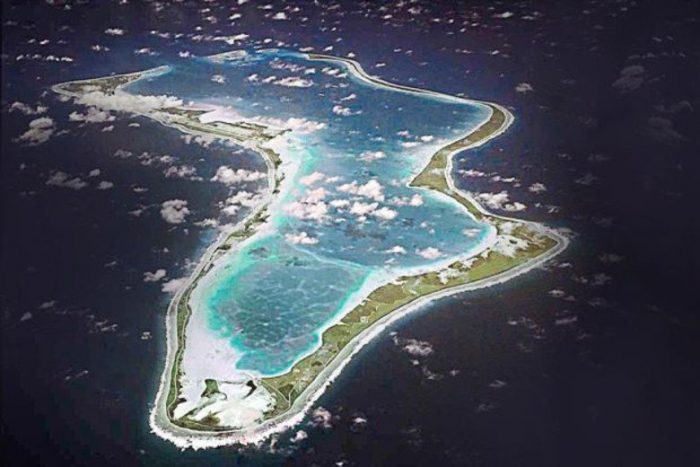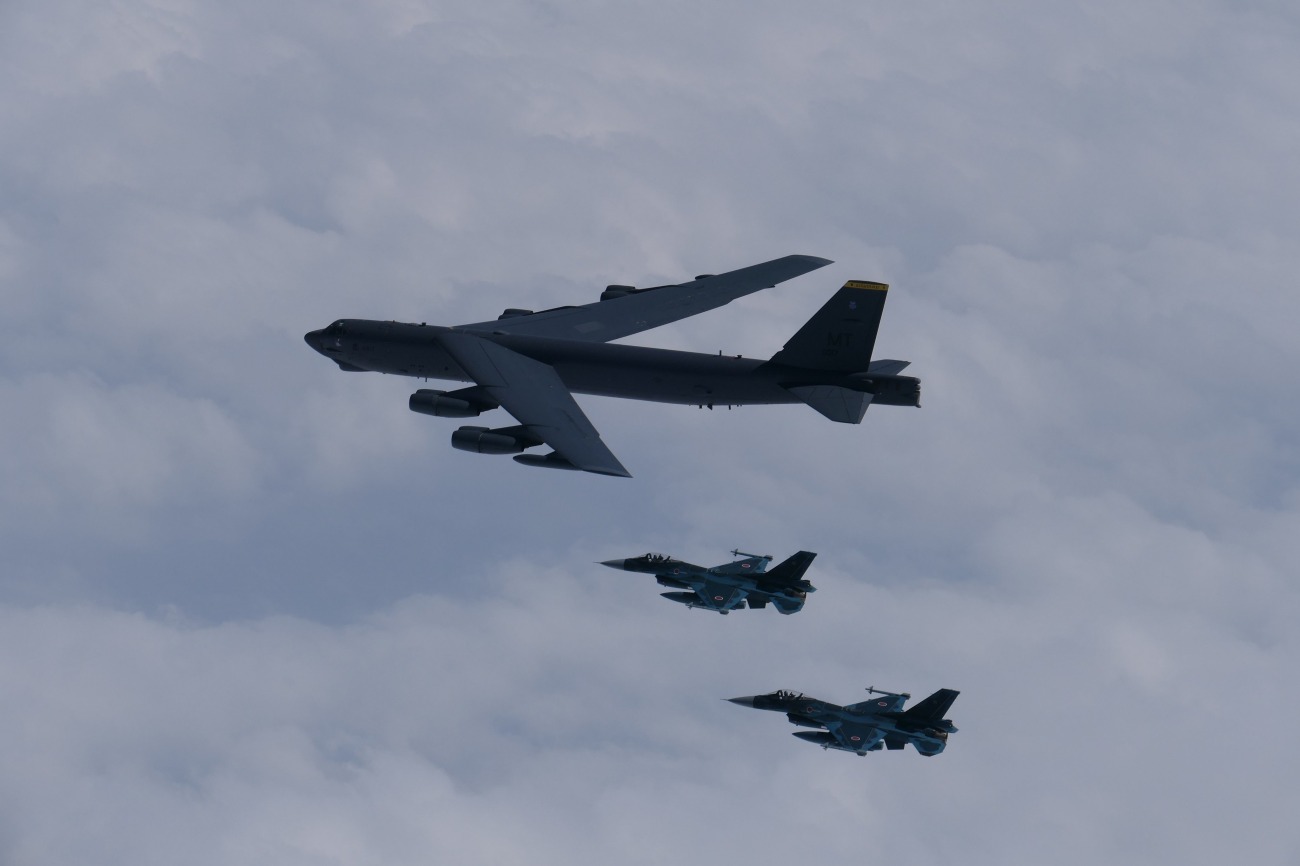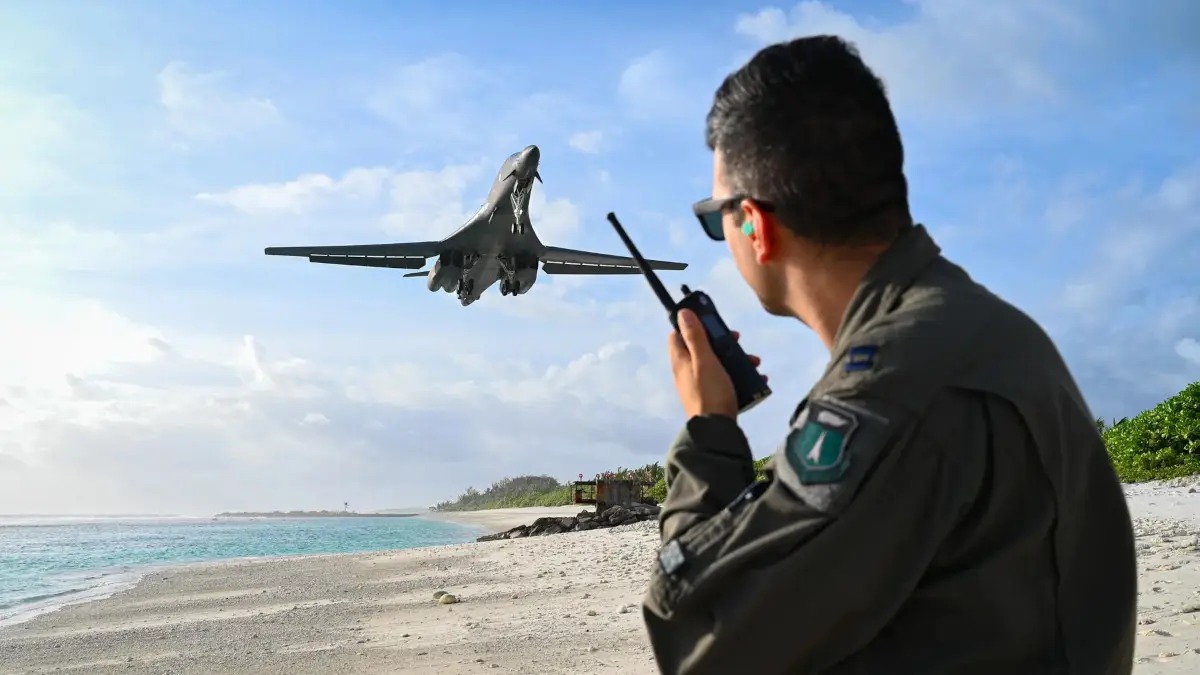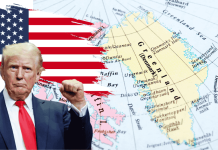In the first week of October, the long-standing Diego Garcia dispute between the UK and Mauritius reached a resolution. Beyond these two nations, key global players like the US, China, and India are closely watching the developments surrounding these strategically vital islands in the Indian Ocean.
On October 3rd, the British government agreed to transfer sovereignty of the long-disputed Chagos Islands—an archipelago of over 60 islands in the Indian Ocean—to Mauritius. This move marks the end of a protracted dispute that has its roots in the colonial era.
The deal has been welcomed by the United States, which has a significant stake in the region due to its military base on Diego Garcia. The agreement ensures the continued operation of this key UK-US military installation, which serves as a crucial hub for US bombers in the Indo-Pacific region.
As part of the deal, the UK will retain sovereignty over Diego Garcia for an initial period of 99 years and will pay Mauritius an undisclosed rent. Additionally, a “resettlement” fund will be established for displaced Chagossians, facilitating their return to islands other than Diego Garcia.
India, another major player in the Indian Ocean region, has also backed the agreement. A joint statement from the UK and Mauritius acknowledged the “full support and assistance” of both the United States and India in reaching this resolution.
Understanding the complex history of the Chagos Islands, particularly Diego Garcia, is essential to fully grasp the significance of this agreement.
Colonial Legacy Of The Chagos Archipelago
The Chagos Archipelago is part of the Chagos-Laccadive Ridge, an underwater mountain range in the Indian Ocean that also includes the Lakshadweep islands and the Maldives. Diego Garcia, the largest island in the archipelago, is located approximately 1,300 miles northeast of Port Louis, the capital of Mauritius.
Mauritius was under British rule from 1814 until it gained independence in 1968. Two years prior to Mauritius’ independence, in 1966, Britain leased Diego Garcia to the United States, restricting access to non-military personnel.
This move resulted in the displacement of approximately 1,500 inhabitants from the Chagos Islands, a decision that has been criticized by human rights organizations.
In the 1970s, the United States established a naval base on Diego Garcia for defense purposes. Although the facilities are leased to the US, they effectively operate as a joint UK-US base, officially referred to as the Naval Support Facility Diego Garcia by the US or the Permanent Joint Operating Base (PJOB) Diego Garcia by the UK.
Legal Challenges & International Pressure
For years, Mauritius has demanded that the UK end its control over the Chagos Archipelago. This dispute reached a critical point on May 22, 2019, when the United Nations General Assembly adopted a resolution welcoming an advisory opinion from the International Court of Justice (ICJ). The ICJ had concluded that the separation of the Chagos Archipelago from Mauritius in 1965 was unlawful.
The UN resolution demanded that the United Kingdom unconditionally withdraw its colonial administration from the area within six months. The resolution passed with 116 votes in favor, 6 against (including the US and UK), and 56 abstentions.
Despite this international pressure, the UK initially refused to comply with the ICJ’s advisory opinion in January 2020. However, the recent agreement marks a significant shift in the UK’s stance, with the UK finally agreeing to hand over the Chagos Islands to Mauritius.

Diego Garcia: A Strategic Asset
Diego Garcia’s strategic location in the Indian Ocean makes it invaluable for military operations. For half a century, it has served as a critical staging area for major coalition operations in the Middle East, including the Gulf War and the Iraq War.
The US Air Force refers to it as the “Footprint of Freedom,” both for its shape and its significance in projecting American military power.
The base enables rapid response capabilities across the vast Indo-Pacific region, making it essential for US military operations. It serves as a forward operating base for bomber operations, complementing the US territory of Guam.
This positioning supports operations in the contested South China Sea, located about 2,300 miles away, and enhances capabilities for surveillance and deterrence.
US Bomber Presence
Recent military activities underscore Diego Garcia’s continued importance. In early 2024, two B-52H strategic bombers were deployed to the base, while in August, a B-2 bomber conducted hot-pit refueling at the airbase, demonstrating its role as a vital military asset.
Why Did Netizens ‘Mock’ Nigeria For Importing JF-17 Thunder Fighter Aircraft From China & Pakistan?

In short, Diego Garcia serves as a vital, flexible military hub for the US in the Indian Ocean, facilitating a range of offensive operations.
India’s Stance and Strategy
The resolution of the Chagos Islands dispute has significant implications for India. India welcomed the UK’s decision to return the Chagos Islands to Mauritius. In fact, some officials claimed that “India played a quiet but important role in the background.”
India’s support for the continued US military presence in Diego Garcia is largely motivated by China’s growing influence in the Indian Ocean. By backing the US base, India aims to counterbalance China’s assertiveness and solidify its own status as a regional power.
Moreover, India is strengthening its ties with Mauritius by constructing a military base on Agalega Island.
The Indian Ocean is crucial for global trade and geopolitical competition. It encompasses 33 nations and 2.9 billion people. It accounts for over one-third of the world’s bulk cargo traffic and two-thirds of global oil shipments, making it a focal point of Washington’s Indian Ocean strategy.
Over the past decade, China’s substantial investments in the Indian Ocean Region have bolstered its presence in coastal states. In East Africa, where it established its first foreign military base in Djibouti in 2017, China has invested in at least 17 ports, enhancing its influence in the western Indian Ocean.
Some analysts argue that a reduction in US forces on Diego Garcia could disrupt the military balance in the western Indian Ocean, undermining efforts to uphold a rules-based order in the Indo-Pacific amid China’s assertive expansion.
As China’s economic and military power grows, the significance of the Indian Ocean—historically considered India’s backyard—has increased, becoming a point of contention for India and its security partners.

Future Concerns & Perspectives
While the resolution of the Chagos Islands dispute is generally seen as a positive development, it has also raised some concerns.
British Foreign Secretary David Lammy has framed the decision positively, stating that it will strengthen the UK’s role in safeguarding global security and eliminate the possibility of the Indian Ocean being used as an illegal migration route to the UK.
Conversely, Tom Tugendhat, a former security minister and member of the opposition Conservative Party, expressed concerns that Mauritius would now be “free to rent” the Chagos Islands to countries like China, potentially providing Beijing with “a military foothold in the Indian Ocean.”
Despite these concerns, the resolution appears to balance the interests of the UK, Mauritius, the US, and India. The continued operation of the US base on Diego Garcia, coupled with Mauritius gaining sovereignty over the rest of the archipelago, seems to address the primary concerns of all parties involved.
- Shubhangi Palve is a defense and aerospace journalist. Before joining the EurAsian Times, she worked for E.T. Prime. In this capacity, she focused on covering defense strategies and the defense sector from a financial perspective. She offers over 15 years of extensive experience in the media industry, spanning print, electronic, and online domains.
- Contact the author at shubhapalve (at) gmail.com




